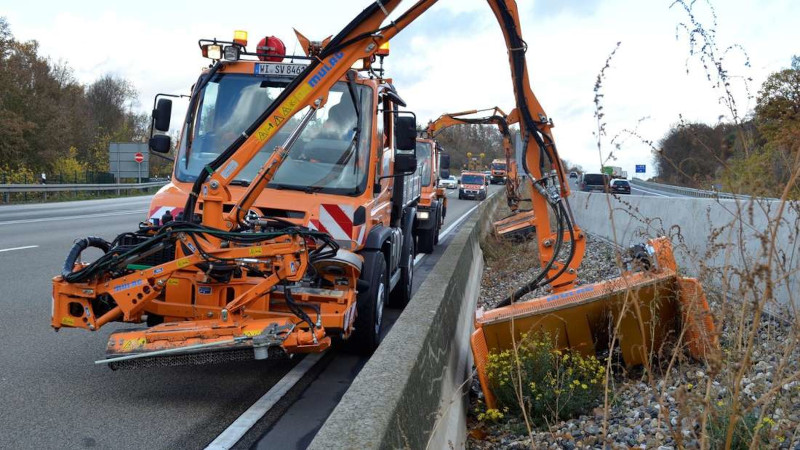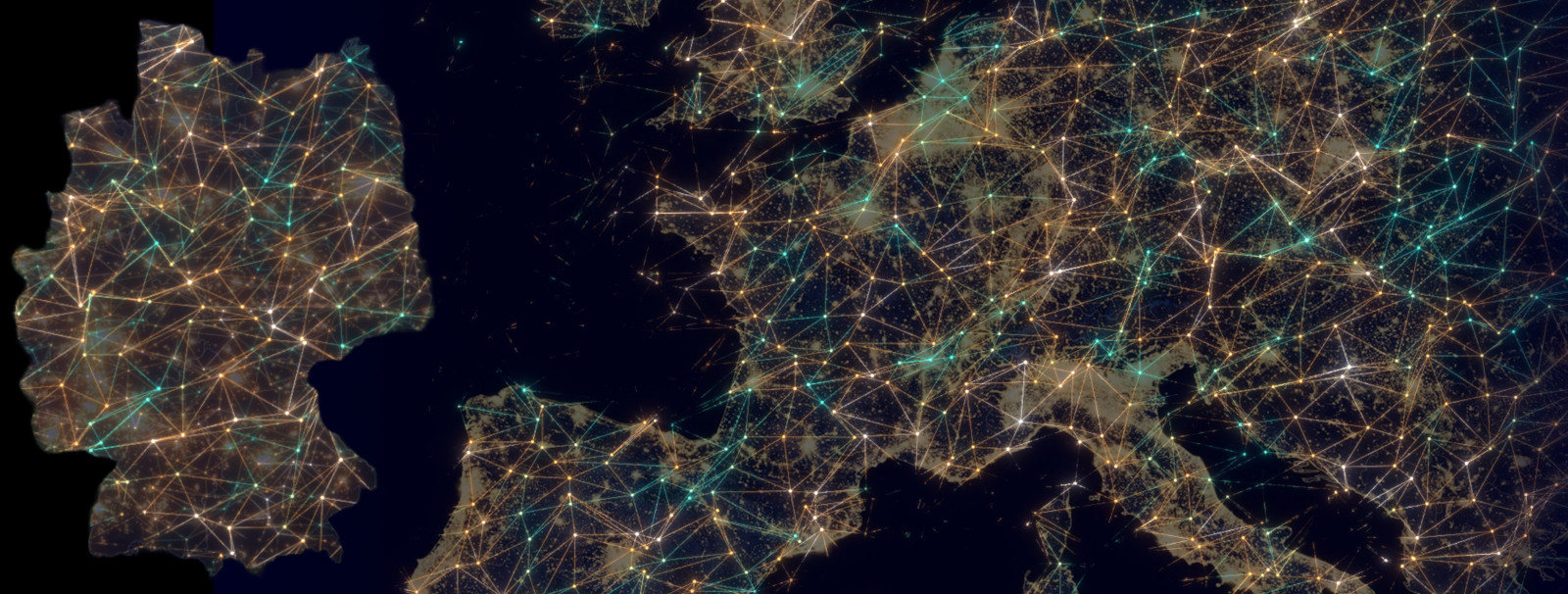Energy Bands are extremely easy to implement and differ from solar farms in terms of cost only by their elevation on poles and by longer cable runs - but this is compensated by their foundation on public land and the numerous forms of volatility compensation they offer
All communities and industrial sites in Germany should examine their Energy Band options. This involves working through long checklists:
1.Which Energy Bands are suitable per section: single-sided, double-sided, with or without cross bands, with or without wind turbines?
2.Are there businesses and communities in the region or along the segments that have complementary load profiles?
3.Or rather, what is their respective focus in their energy needs, i.e. electricity vs. hydrogen?
4.What other networking opportunities exist for the Energy Bands along their routes?
5.How is the route segmentation designed in terms of
-Transfer stations to industrial sites and communities or to substations
-Other customers or electricity consumers along the routes (filling stations, businesses, agriculture, etc.)
-Storage locations such as pumped hydroelectric power plants.
-Storage options such as electrolysers with hydrogen tanks
-What battery landscapes need to be kept on hand for nighttime needs?
-How to design the corresponding transformer landscape?
-Accordingly, what should be the voltage of the high-current cables in the ground?
6.Are there interfaces with other Energy Bands from other regions? Existing or to be expected?
7.Should the Energy Bands of the respective communities be designed from the outset to grow together to form the Europe Energy Internet?
8.If so, how can synergies best be realized in advance?
It is worthwhile for all municipalities and industrial sites in Germany to examine the potential of Energy Bands in their region


